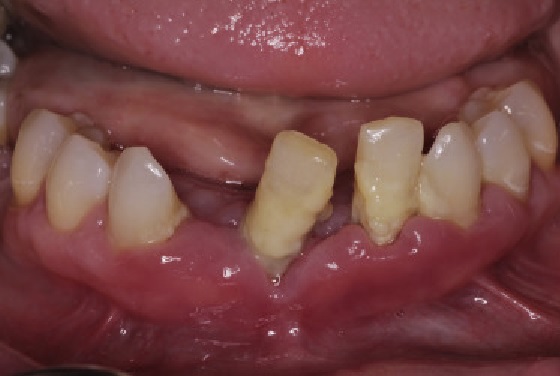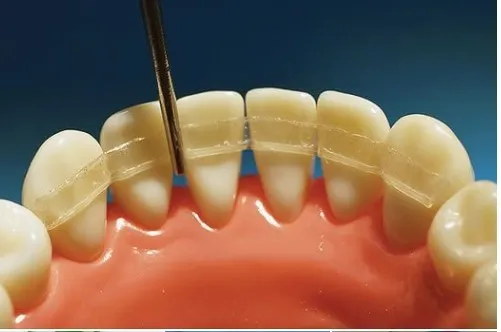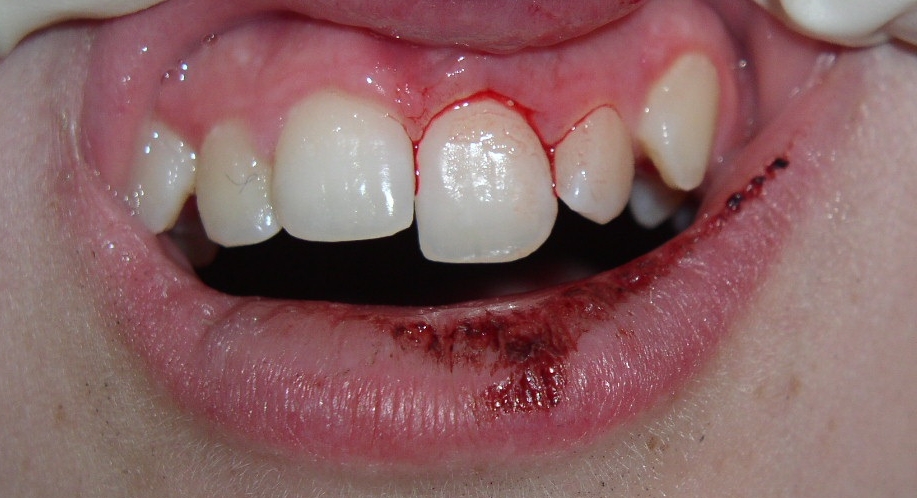Tooth is Loose but Still Attached? Here’s What Every Adult Needs to Know

A loose tooth can be a distressing experience, especially for adults. While loose teeth are a common and natural part of childhood, a loose tooth in adulthood is typically a sign of an underlying dental issue. But what if your tooth is loose but still attached? Should you be worried? And more importantly, what should you do about it?
In this comprehensive guide, we’ll dive deep into what causes a loose tooth in adults, why it may still be attached, and what steps you can take to address the problem before it leads to tooth loss. We’ll also cover common treatments and when you should seek help from a dentist.
Why is My Tooth Loose but Still Attached?
A tooth may feel loose for various reasons, but if it’s still attached, it means the surrounding structures—like the gums and bones—are providing some support. However, this is often a warning sign that your tooth’s supporting tissues are compromised and may deteriorate further if not treated.
Several factors can contribute to this condition:
- Gum Disease (Periodontal Disease)
Gum disease is the leading cause of loose teeth in adults. In its early stages (gingivitis), the gums become inflamed, but the teeth remain firmly anchored. However, as the disease progresses to periodontitis, the infection spreads to the underlying bone, weakening the support structure. This results in a tooth that feels loose but remains attached.In advanced cases, gum disease can lead to significant bone loss, eventually causing the tooth to fall out completely. According to the American Dental Association, nearly half of adults over 30 show signs of gum disease, making it one of the most common causes of loose teeth . - Trauma or Injury
A blow to the face or mouth from an accident, fall, or sports injury can result in a tooth that becomes loose but is still attached. This happens because the impact can stretch or damage the periodontal ligament, which holds the tooth in place. If the injury isn’t too severe, the tooth may remain attached while the ligament attempts to heal. - Bruxism (Teeth Grinding)
Bruxism, or the habit of grinding or clenching your teeth, often occurs during sleep and can lead to excessive pressure on the teeth. Over time, this pressure can cause the teeth to loosen, even while they remain attached. Many people with bruxism don’t realize they have the condition, but symptoms like a sore jaw, flattened teeth, and a loose tooth are common signs. - Osteoporosis
Osteoporosis is a condition where bones become brittle and weak, affecting the density of the jawbone. This weakening of the bone structure around the teeth can cause them to become loose while still attached. According to the National Institutes of Health, osteoporosis is often linked to tooth loss, particularly in postmenopausal women . - Poor Oral Hygiene
Failing to maintain proper oral hygiene can result in plaque and tartar buildup along the gum line. Over time, this can lead to gum inflammation and infection, which compromises the stability of the teeth. While the tooth may still be attached to some extent, it is only a matter of time before it becomes fully loose if left untreated.
How Long Will a Loose Tooth Stay Attached?
If you have a tooth that feels loose but is still attached, the length of time it stays that way depends on several factors:
- Severity of the Underlying Issue
The severity of the problem that caused the tooth to loosen is the biggest determinant of how long the tooth will remain attached. A tooth that is loose due to mild trauma or early-stage gum disease may stay in place for several weeks or even months, while a tooth affected by severe periodontal disease could fall out much sooner. - Health of the Surrounding Bone and Gums
If the gum tissue and bone supporting the tooth are relatively healthy, they can hold the tooth in place for a longer period. However, if the bone is significantly deteriorated due to advanced gum disease or osteoporosis, the tooth may not remain attached for long. - Timely Treatment
Seeking immediate dental care can greatly influence how long a loose tooth stays attached. With prompt treatment, it’s often possible to stabilize the tooth and prevent further deterioration. Treatments like scaling and root planing for gum disease, or wearing a mouthguard to prevent teeth grinding, can help save the tooth. - Personal Habits
Certain habits, such as constantly wiggling the loose tooth or chewing on hard foods, can speed up the process of the tooth detaching completely. On the other hand, avoiding these actions can prolong the time the tooth stays attached and provide a window for treatment.
What Should You Do If Your Tooth Is Loose but Still Attached?
If your tooth is loose but still attached, you need to take immediate action to prevent further damage and potentially save the tooth. Here are the steps you should follow:
1. Avoid Further Pressure on the Tooth
Resist the temptation to wiggle or push on the tooth, as this can exacerbate the loosening process. Also, avoid chewing on that side of your mouth, and stick to soft foods that won’t put too much strain on the tooth.
2. Improve Your Oral Hygiene Routine
Brush and floss gently around the loose tooth to avoid causing more damage. Maintaining a clean environment around the tooth will help reduce the risk of infection, particularly if the gums are inflamed. Using an antimicrobial mouthwash can also help keep the area clean.
3. Schedule a Dental Appointment
The most important step is to contact your dentist as soon as possible. A dentist will be able to assess the cause of the loose tooth and recommend appropriate treatment. Early intervention is key to preventing the tooth from becoming fully detached.
How Can a Dentist Help Stabilize a Loose Tooth?
Once you visit the dentist, they will perform an exam to determine the cause of the looseness and the best course of action. Here are some of the most common treatments for a tooth that is loose but still attached:
- Scaling and Root Planing
If gum disease is the culprit, the dentist may recommend a deep cleaning procedure called scaling and root planing. This treatment removes plaque and tartar from below the gumline and helps the gums reattach to the tooth. - Splinting
For a tooth that has become loose due to trauma or grinding, the dentist may use a technique called splinting. This involves bonding the loose tooth to adjacent teeth to stabilize it and give the periodontal ligament time to heal. - Bone Grafting
If bone loss has occurred, a bone graft may be necessary to rebuild the bone supporting the tooth. This procedure can strengthen the tooth’s foundation, making it less likely to fall out. - Bite Adjustment
If bruxism is contributing to the looseness, the dentist may adjust your bite or recommend a nightguard to protect your teeth from grinding while you sleep.
Can You Save a Loose Tooth That Is Still Attached?
The good news is that in many cases, a loose tooth that is still attached can be saved with the right treatment. However, time is of the essence. The longer you wait to seek treatment, the more likely it is that the tooth will become fully detached and require extraction.
According to the American Academy of Periodontology, early detection and treatment of gum disease can significantly improve the chances of saving a loose tooth .
Conclusion: Don’t Wait if Your Tooth Is Loose But Still Attached
A loose tooth in adults is a sign that something isn’t right, but if the tooth is still attached, you have a window of opportunity to save it. The key is to act quickly by improving your oral hygiene routine and seeking professional dental care. With timely treatment, it’s possible to stabilize the tooth and prevent further complications.
If you’re experiencing a loose tooth, don’t wait until it’s too late. Schedule an appointment with your dentist today to assess the situation and explore treatment options.
Internal Links for Further Reading:
High-Quality References:
- American Dental Association. (2023). Gum Disease Facts
- National Institutes of Health. (2023). Osteoporosis and Oral Health
- American Academy of Periodontology. (2023). Saving Loose Teeth with Early Treatment
By taking prompt action and following your dentist’s advice, you can save a loose tooth that’s still attached and protect your long-term dental health.







